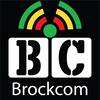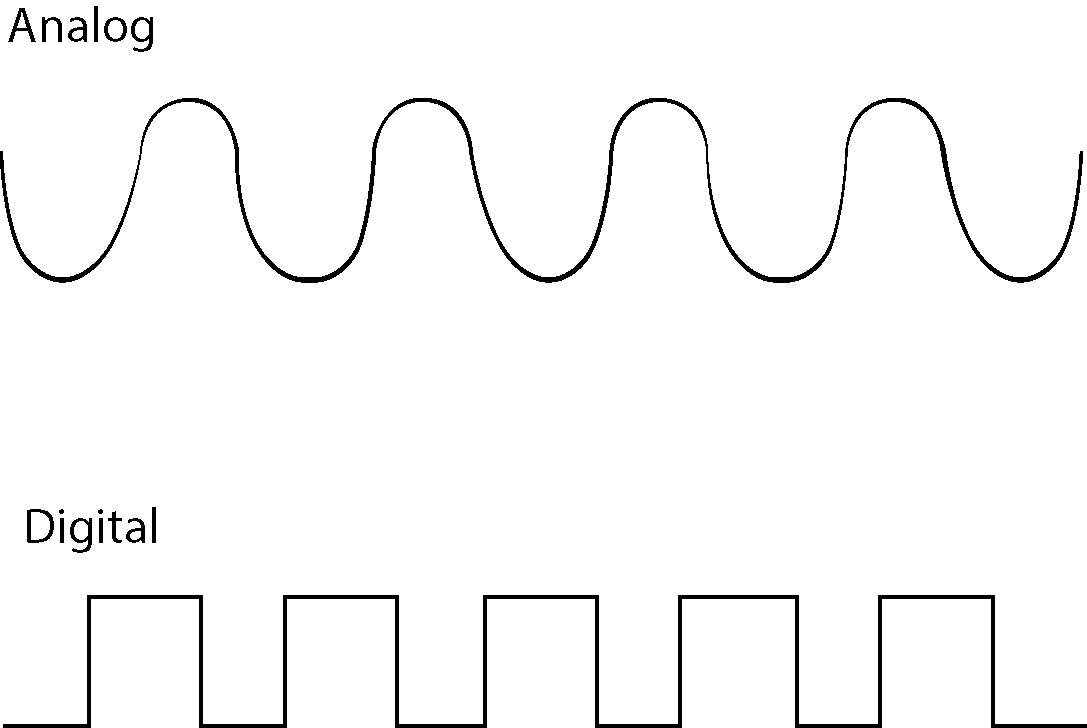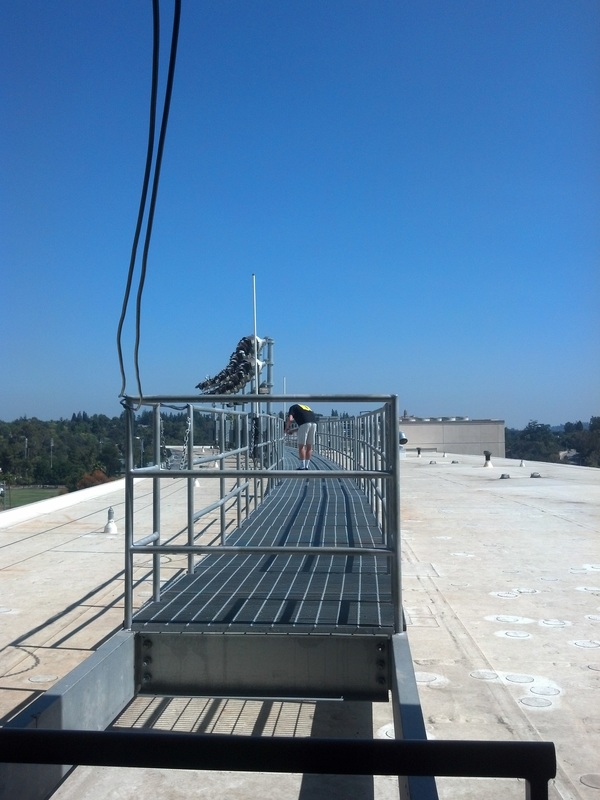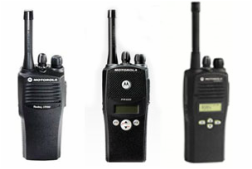Two-Way Radios
|
History
Analog two-way radios have been used for business applications since the 1940's. They were used in the military about 20 years prior to that. Two-way radios have become a necessity in the commercial, industrial, entertainment, and military world. Even some house holds have them. Analog radios have been used for so many years they've reached their potential use. That's where digital radios come in. The shift to digital radio from analog has increased over the last five years, and this trend shows no sign of abating across the many industries which rely on two-way radio for their operations. From varying price points and the distinctive sound quality, both radios have significant differences. The analog radio will never completely phase out because its application is very usefully in many industries. To decide for yourself whether analog or digital is better for you here is a breakdown of the two. Analog Analog signals have a continuous value. Today's analog systems use frequency modulation. The modulation produces a continuous wave with voice signals. After integrating a simple system into a single chip, the cost of analog two-way radios has reduced significantly. Analog systems are still used today by many industries. Here are a few key points of why some uses still use analog.
Digital Digital radios offer all the same features as analog plus many more options. Some of those features include text messaging, IP connectivity, and rugged design for harsh environments. Batteries on digital radios last 20-30 percent longer than traditional analog radios because the digital transmitter is not constantly on. Here are some key features of a digital radio.
In conclusion analog and digital radios server great purposes for different situations. Analog is bet suited where you don't need the extra features offered by the digital system. Analog radios are still used by many industries. Digital radios are being used where businesses need the extra features, wider range, and software. Although digital is more expensive we are starting to see pricing come down a bit. If you have any more questions or concerns about what is right for you please contact us. |
Install at the Rose Bowl
|





